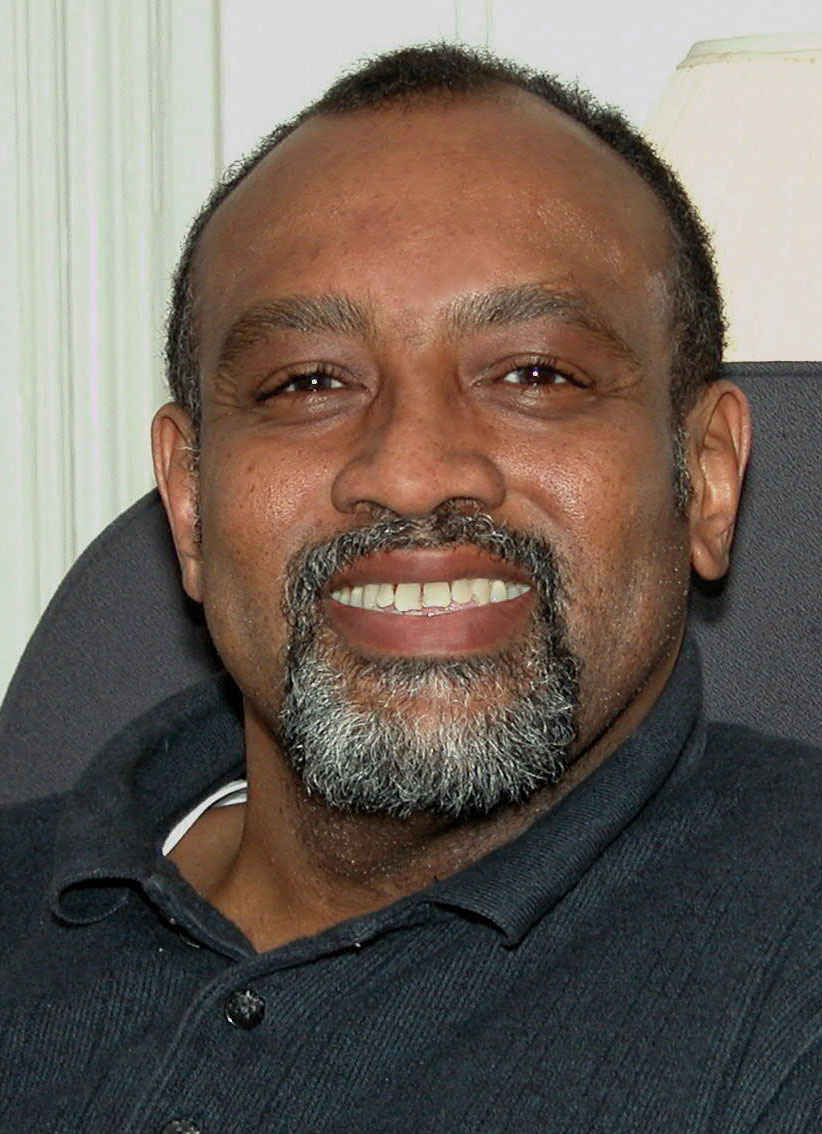PROVIDENCE, R.I. [Brown University] — The joint. The slammer. The pen. Prisons have a lot of nicknames but as economist Glenn Loury describes the nation’s extraordinary incarceration rate, maybe the most appropriate one could be “the rug” — as in that’s where the United States sweeps problems that it can’t seem to address more thoughtfully.
“We’re using prisons and coercion as a way of substituting for the failures of other institutions in our society — the schools, the fact that we’ve got large concentrations of minorities in the center of the city, and the fact that we’re waging a war or drugs that is really a reflection of deep problems in the society and not necessarily of the young men who are involved in the drug trade, who are really foot soldiers in a larger structure,” said Loury, the Merton P. Stoltz Professor of the Social Sciences.

Loury, who wrote the 2008 book Race, Incarceration and American Values, is now working in a high-profile forum to examine the issue: the National Academy of Sciences committee called Causes and Consequences of High Rates of Incarceration. Joining him and 19 other experts is Dr. Josiah D. Rich, professor of medicine and epidemiology in the Warren Alpert Medical School and director and co-founder of The Miriam Hospital’s Center for Prisoner Health and Human Rights.
The committee, which began meeting last fall, aims to produce a detailed report in November 2013 that addresses not only those causes and consequences, but also policy alternatives.
Just how high are the rates? The United States, with about 2.3 million people behind bars in 2011, had the world’s highest per capita rate — 752 inmates per 100,000 residents, according to Human Rights Watch. The racial disparities are startling. Among black men aged 30 to 34, the incarceration rate in 2010 was 9.9 out of every 100 in 2010 compared to a rate of 3.9 for Hispanic men and 1.6 for white men of the same age, according to the U.S. Justice Department.
A societal misunderstanding of drugs is a large part of the problem, says Rich, who joined the NAS panel last month to add medical and health expertise to its ranks. Drug use and the actions people take to sustain their access to drugs, he said, are criminalized rather than treated as medical problems.
“Two medical diseases are driving the epidemic of incarceration: addiction and mental illness,” he said. “The natural history of untreated or undertreated addiction and mental illness is that they lead to behaviors that in our society result in incarceration. To a large extent incarceration does not address those fundamental issues, and instead often exacerbates them.”

People who start with untreated mental health problems that remain unaddressed or are worsened by imprisonment often end up back in jail later on, Rich said, adding to the individual tragedies and the statistics.
Treatment within prison is therefore important, he said, but in an essay in the New England Journal of Medicine in June 2011 he and co-authors reported that only 22 percent of state prisoners and only 7 percent of jail inmates receive any mental health treatment while locked up.
Loury, who has served on the National Research Council’s Standing Committee on Law and Justice for four years, played a central role in establishing the NAS panel. He said no member can prejudge what it will ultimately decide and report. In addition to a number of other academics, the panel includes a sitting federal judge, a former Pennsylvania prison official, and a researcher who works on behalf of state governments.
“Everybody has his or her own perspective,” Rich said.
Loury said he especially looks forward to learning about the issues from people outside academia.
Based on what he has learned and believes from his own research over the years, he has his own hope for the panel’s potential impact.
“I hope that public discussion around these questions can be conducted in a progressive direction,” Loury said. “If the authority of the National Academy of Sciences can be brought to bear in a credible way to urge changes in policy, such as shorter sentences and nonpunitive ways of dealing with some of our social problems.”
In other words, the rug is not the answer.

